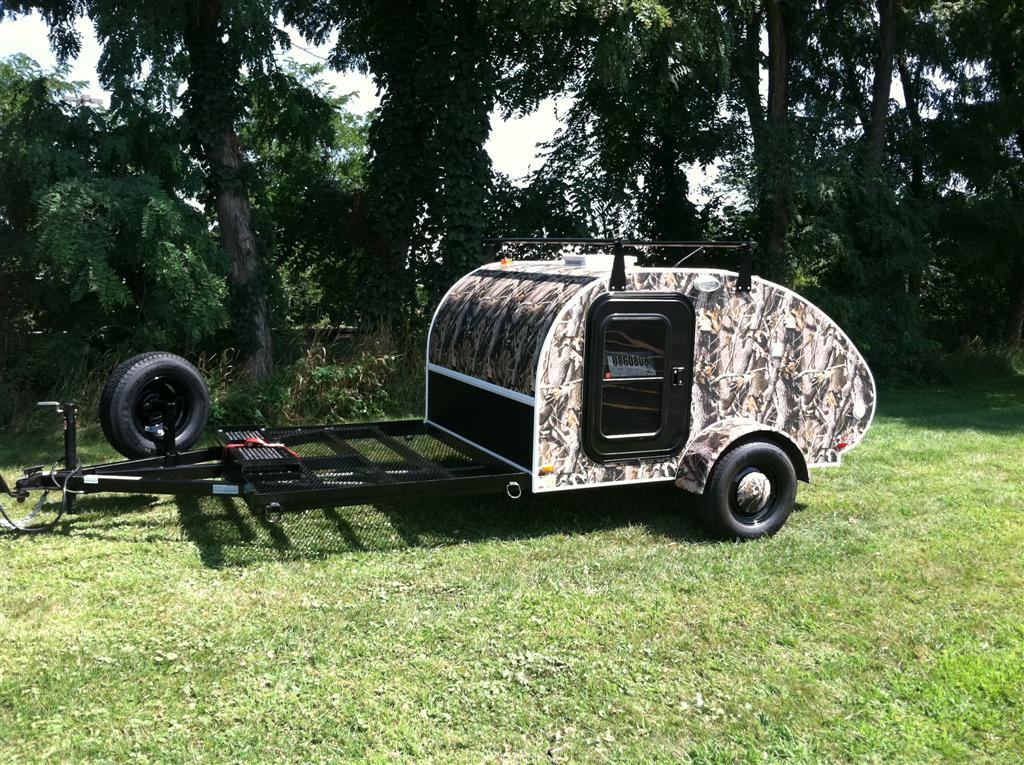Length - Good, bad or depends?
16 posts
• Page 1 of 2 • 1, 2
Length - Good, bad or depends?
I've been researching styles, designs etc and I've found quite a few that I like. My dilemma is what is too long? Is there such a thing within reason? I've heard people say that longer trailers are easier to tow as well, any truth in that?
The reason I ask is that I will be towing with my 2008 Wrangler, and storage is ALWAYS a premium so I'm hoping to incorporate some in the trailer I build. I know weight is a concern and I want to keep it lighter, but is it feasible to add something like a 4'x4' flat platform on the front of the trailer for storage/cargo etc?
I've seen some trailers built that have a larger platform built for Toy hauling (ATV's etc) but I don't think I want one that big. I just want to be able to strap coolers/Bear proof boxes and gear on that platform and have it be a dual purpose game carrier for Hunting purposes if necessary. I've even had some crazy ideas that it would be interesting to have my upright smoker mounted up there for camping but that may be pushing it.
Long story short, is there a functional max length I should be considering for my build?
The reason I ask is that I will be towing with my 2008 Wrangler, and storage is ALWAYS a premium so I'm hoping to incorporate some in the trailer I build. I know weight is a concern and I want to keep it lighter, but is it feasible to add something like a 4'x4' flat platform on the front of the trailer for storage/cargo etc?
I've seen some trailers built that have a larger platform built for Toy hauling (ATV's etc) but I don't think I want one that big. I just want to be able to strap coolers/Bear proof boxes and gear on that platform and have it be a dual purpose game carrier for Hunting purposes if necessary. I've even had some crazy ideas that it would be interesting to have my upright smoker mounted up there for camping but that may be pushing it.
Long story short, is there a functional max length I should be considering for my build?
- chucktownsend08
- Teardrop Inspector
- Posts: 18
- Joined: Thu May 23, 2013 5:40 pm
- Location: Longmont Colorado
Re: Length - Good, bad or depends?
With regard to towing, I haven't found any difference in length characteristics with the BIG exception of backing up. Then, the longer the easier. I shortened mine for storage reasons. Also I throw this out there because it may be of interest, many ferries services charge by length. On the coast, like here in Ct. it may be a factor.
Dean
Dean
- Dean in Ct.
- Teardrop Master
- Posts: 161
- Images: 32
- Joined: Sat Dec 17, 2011 2:27 pm
- Location: S.E. Connecticut U.S.A.







